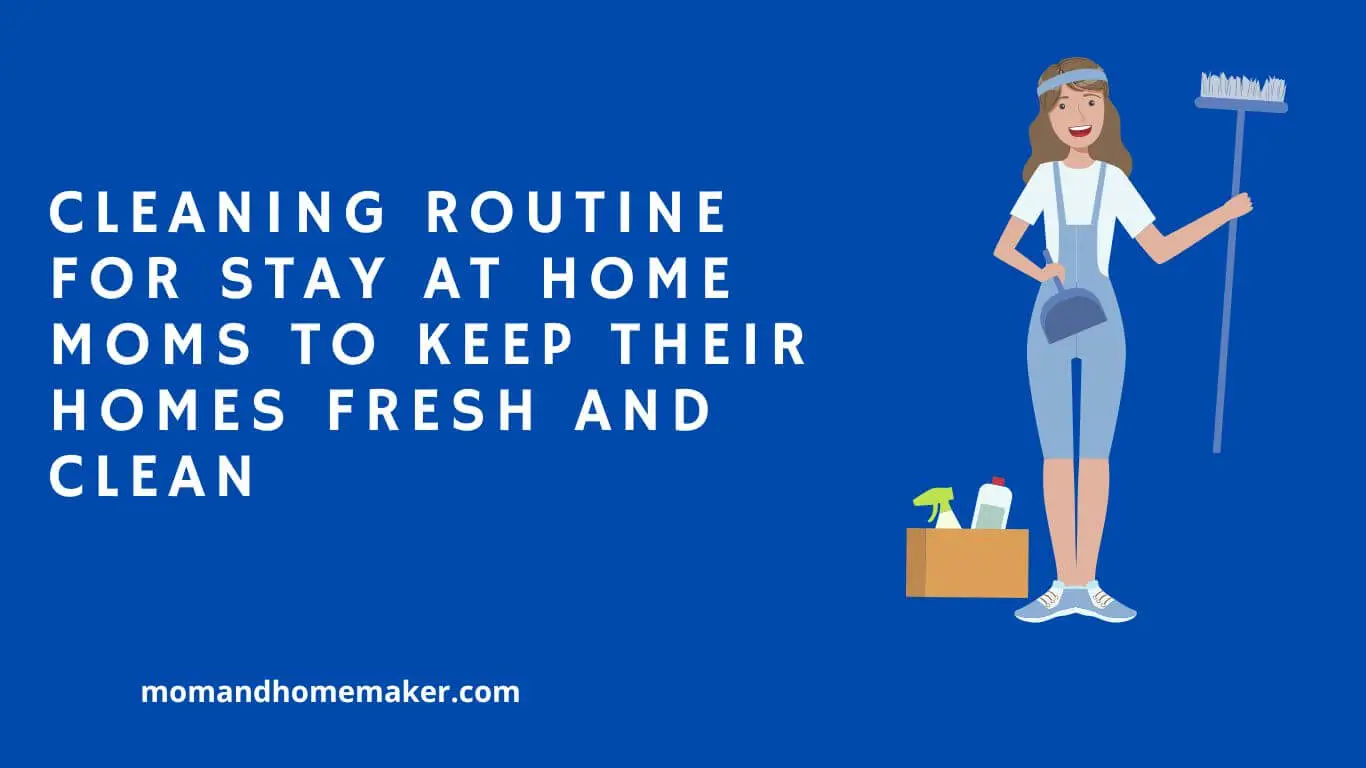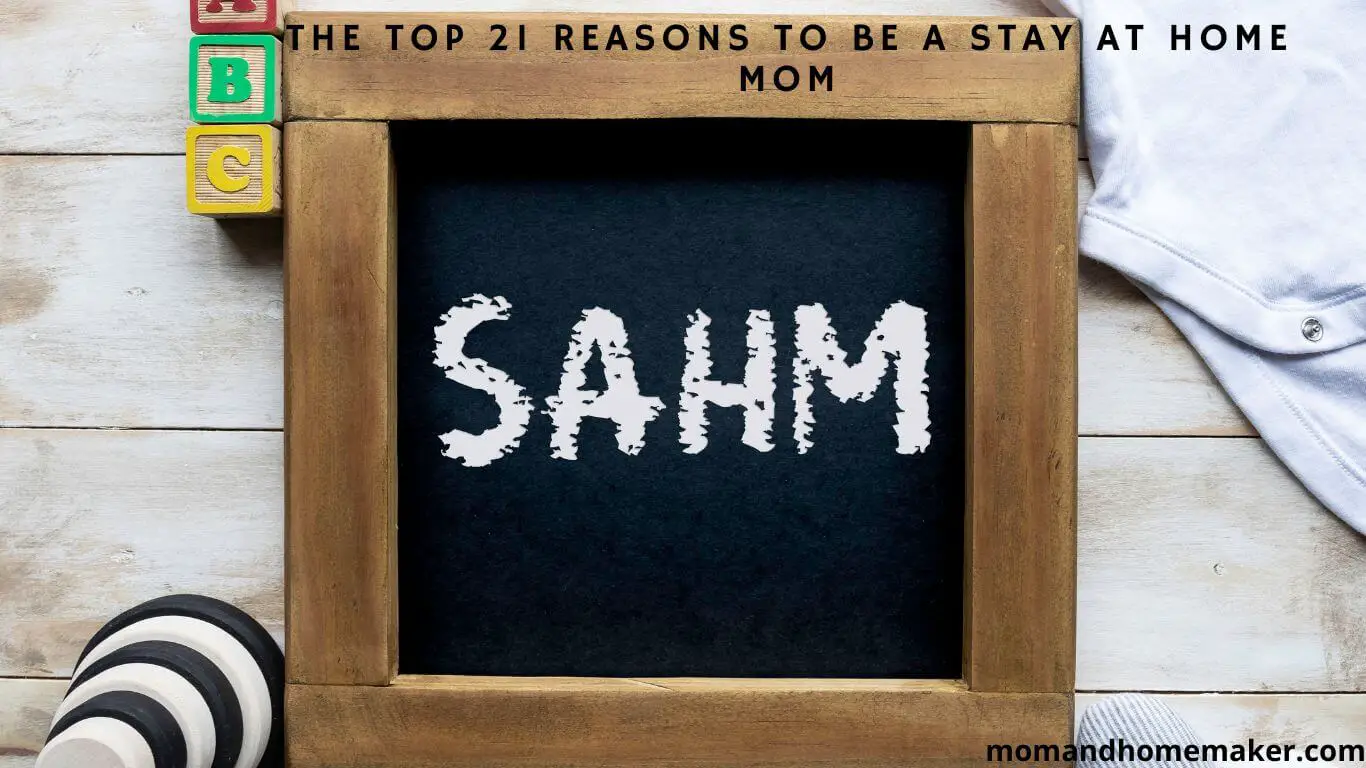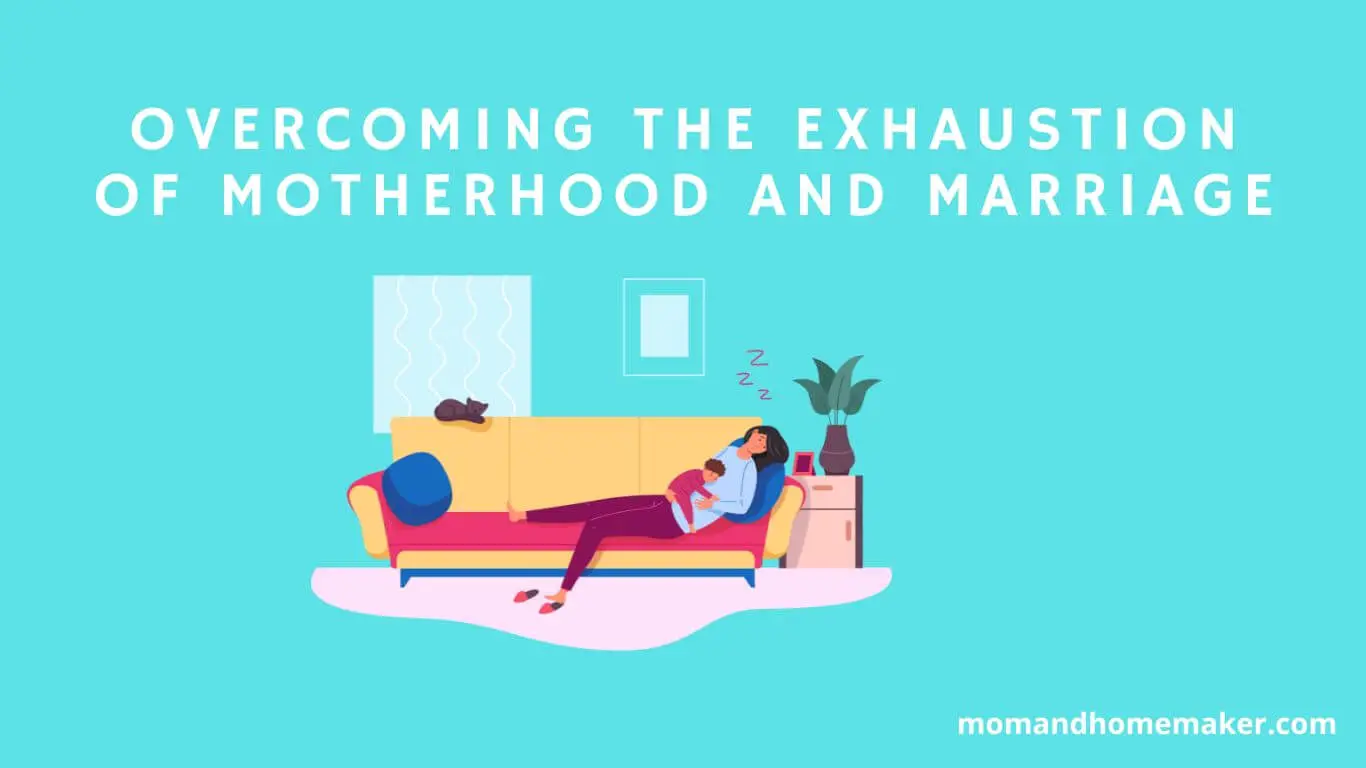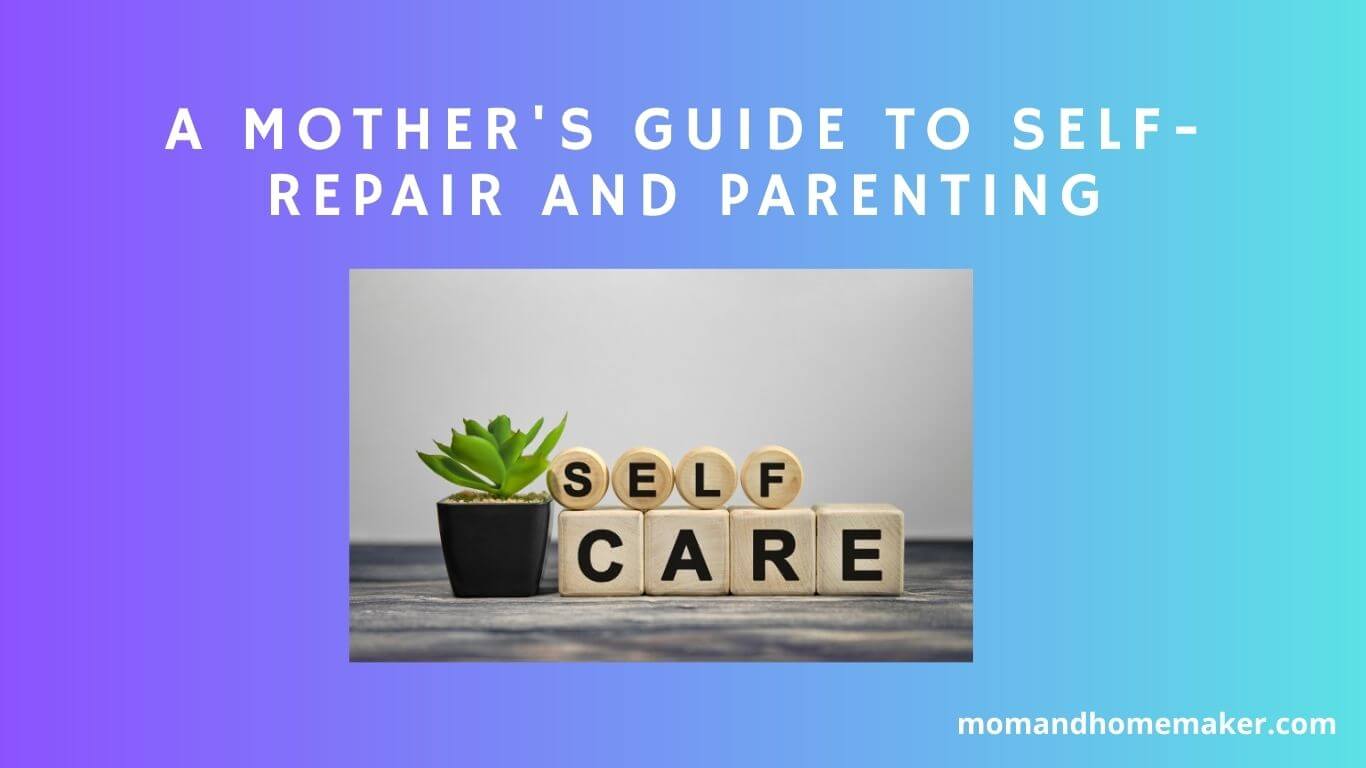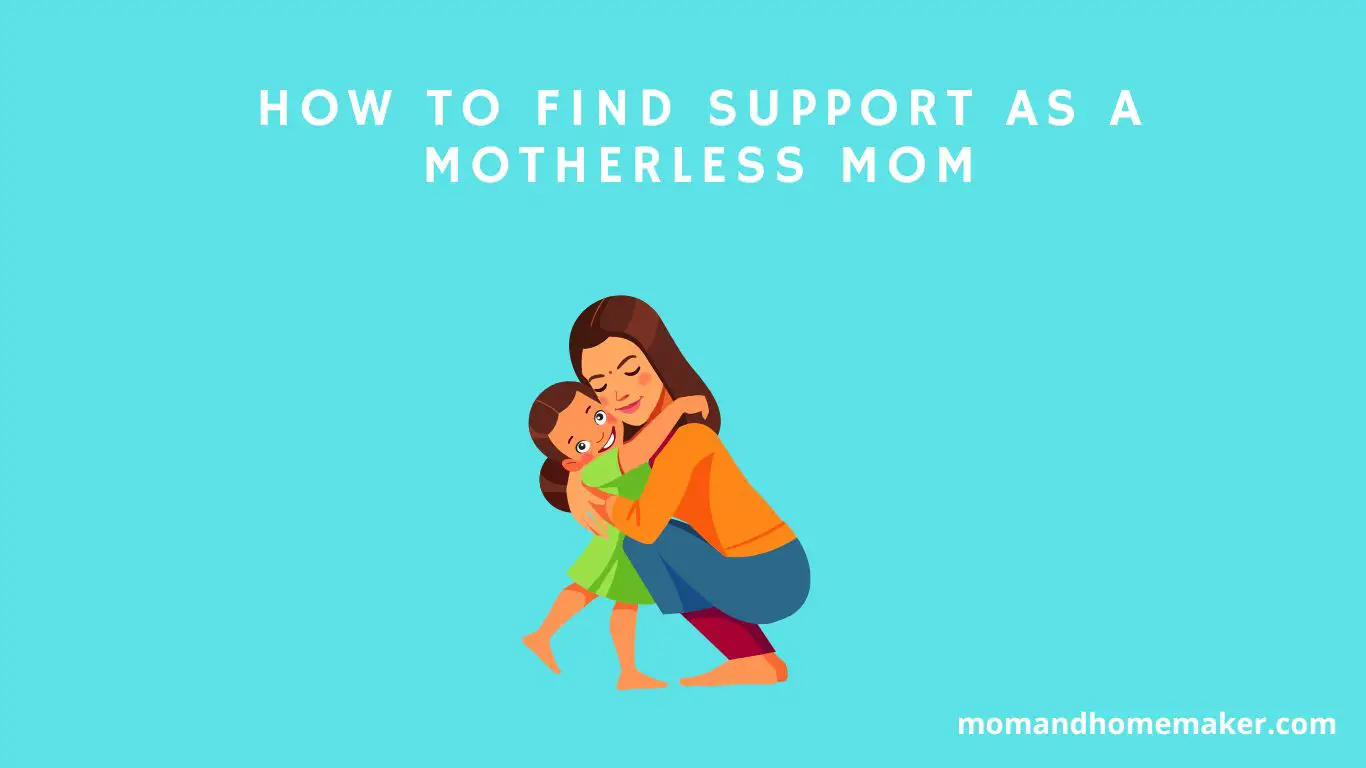During the mid-20th century, the image of the stay-at-home mom was a common sight in American households, reminiscent of the TV moms from that era.
However, as time progressed, a shift began in how mothers balanced home and work. The traditional view of mothers solely managing the household and children started to change.
This shift raises the question: when did this change begin? The decline in the prevalence of stay-at-home moms can be attributed to various societal, economic, and cultural factors that have reshaped the role of women in the workforce and at home.
This transformation reflects a dynamic interplay of influences that have gradually altered the landscape of family dynamics in modern times.
Historical Perspective on Stay-at-Home Moms
The role of stay-at-home motherhood has evolved, reflecting changes in societal expectations and cultural norms.
Throughout history, women have often been tasked with caregiving and managing household duties, while men worked outside the home to provide for their families.
This dynamic was particularly prominent in ancient civilizations and pre-industrial societies.
During the Industrial Revolution, a significant shift occurred as urbanization and industrialization took hold.
Men increasingly entered wage labor positions outside the home, leading to an expectation for women to stay at home and focus on childcare and homemaking.
This marked a turning point in the traditional roles of mothers, influenced by both societal norms and economic factors shaping family dynamics.
Exploring the historical perspectives on stay-at-home motherhood provides valuable insights into the changing dynamics of family life and gender roles.
By understanding the cultural norms and historical context surrounding the role of stay-at-home moms, we gain a deeper appreciation for the complex interplay of societal expectations, economic circumstances, and individual choices that have shaped the experiences of mothers throughout history.
Factors Influencing Decline in Stay-At-Home Moms
The decline in stay-at-home moms in recent years can be attributed to the increasing trend of dual-income households and the pursuit of career opportunities.
Changes in cultural norms have played a significant role in shaping societal expectations around motherhood.
As these norms evolve to emphasize gender equality and women’s empowerment, more mothers are encouraged to explore careers outside the home.
Parenting choices also influence the decision for mothers to stay at home or enter the workforce. Today, many parents prioritize providing a comfortable lifestyle for their families, often requiring dual incomes to meet financial goals.
Furthermore, the desire to set a positive example for their children regarding the value of hard work and independence can motivate mothers to pursue their career ambitions.
The traditional role of stay-at-home moms is being redefined as societal values continue to shift. More women are now opting to balance work and family life, challenging conventional expectations and stereotypes.
By making thoughtful parenting choices that align with personal values and goals, mothers are shaping a new narrative around motherhood that reflects the diverse needs and aspirations of modern families.
Economic Shifts and Stay-At-Home Motherhood
The landscape of stay-at-home motherhood is evolving alongside changes in the economy. Economic factors play a crucial role in families’ decisions about whether mothers should stay at home or join the workforce.
In today’s world, the increasing costs of living, education, and healthcare can make it tough for families to rely on a single income, prompting many mothers to seek jobs outside the home.
Traditionally, cultural norms have emphasized the importance of mothers staying at home to care for their children. However, as economic pressures mount, these norms are shifting.
There’s a growing expectation for women to contribute financially to their households, challenging the traditional view of stay-at-home motherhood.
While some mothers may still opt to stay at home for personal or cultural reasons, economic constraints often play a significant role in the decision-making process.
Balancing the desire to be present for their children with the need to support the family financially can create internal conflicts for many mothers.
For mothers considering staying at home, navigating the intersection of economic challenges and cultural norms can be complex.
It’s essential to understand how the landscape of stay-at-home motherhood is evolving in light of these factors to make informed decisions that align with one’s values and circumstances.
Impact of Feminist Movement on Motherhood
The feminist movement has had a significant impact on the perceptions and realities of motherhood in the changing landscape of stay-at-home motherhood influenced by economic shifts.
By advocating for gender equality, the feminist movement has challenged traditional roles assigned to women, including those of mothers.
It has encouraged women to pursue fulfillment and purpose outside of the home, highlighting that women can excel in various areas beyond caregiving roles.
One of the key contributions of the feminist movement is the emphasis on choice, empowering women to make decisions based on their aspirations rather than societal expectations.
This shift in mindset has prompted a reevaluation of the role of mothers, acknowledging that their value goes beyond their roles as caregivers.
As the feminist movement continues to push for gender equality, it has shaped societal norms around motherhood, promoting a more inclusive and diverse understanding of what it means to be a mother.
Women are now better equipped to balance their roles as mothers with their personal and professional goals, reshaping the narrative of motherhood for the benefit of both women and society as a whole.
Technology and Changing Parenting Dynamics
In today’s fast-changing world of parenting, technology plays a significant role in how we raise our children.
The advancements in technology present both challenges and opportunities for parents to navigate. Balancing screen time with real-world experiences has become a key aspect of modern parenting.
Here’s a look at how technology is influencing the dynamics of parenting:
When it comes to limiting screen time, parental control apps have become a valuable tool for setting clear boundaries.
These apps help in managing and monitoring the amount of time children spend on devices, ensuring a healthy balance between screen time and other activities.
Ensuring online safety is another crucial aspect of parenting in the digital age. Parents can now use monitoring software on devices to keep track of their children’s online activities and educate them about potential risks.
By staying informed about online dangers and teaching children about safe internet practices, parents can create a safer online environment for their kids.
Encouraging physical activity has also been made easier with the introduction of fitness trackers and apps. These tools can help parents motivate their children to stay active and engage in outdoor activities together. By incorporating technology into physical activities, parents can make exercise more fun and interactive for their kids.
In navigating these challenges, parents need to be aware of the latest technological tools that can support them in raising well-rounded children. By embracing technology mindfully and setting boundaries, parents can strike a balance that promotes healthy growth and development in their children.
Remember, technology is a tool that can enhance the parenting journey when used thoughtfully and intentionally.
Policy Changes Affecting Stay-at-Home Moms
Policy changes affecting stay-at-home moms have sparked discussions on the evolving landscape of parenting roles and support systems. These changes have a significant impact on the choices parents make regarding work and childcare.
Here are three key points to consider:
- Maternity Leave Policies: Updated maternity leave policies give mothers the option to spend more time with their newborns without the pressure of returning to work immediately. Extended maternity leave allows mothers to choose whether to stay at home longer or transition back to work gradually, promoting a balanced approach to parenting responsibilities.
- Childcare Support Initiatives: Enhanced childcare support, such as subsidies or accessible daycare facilities, reduces the financial burden on families and enables parents to make informed decisions about staying at home or re-entering the workforce. By ensuring affordable and high-quality childcare options, parents can feel more confident in their choices, knowing their children are well cared for while they work or stay at home.
- Flexible Work Arrangements: Policies that support flexible work arrangements, like telecommuting or flexible hours, give parents the chance to balance work and family life effectively. This flexibility allows stay-at-home moms to explore part-time work options or pursue their careers while still actively involved in raising their children.
These policy changes play a crucial role in shaping the experiences of stay-at-home moms and contribute to a more supportive environment for parents navigating the challenges of modern-day parenting.
Societal Expectations and Working Mothers
Societal pressures weigh heavily on working mothers as they navigate the demands of their careers alongside family responsibilities.
Traditional gender roles have long dictated that women should prioritize household and childcare duties, while men focus on providing financial support. However, with more women now active in the workforce, these norms are being challenged.
This shift places added strain on working mothers to effectively balance their professional and personal lives.
Striking a work-life balance is essential for working mothers, yet it proves to be a daunting task due to societal expectations.
Women often face criticism or feelings of guilt for not being able to dedicate all their time to their families while also excelling in their professions.
The pressure to adhere to these gendered expectations can result in stress and a sense of inadequacy. Achieving a harmonious blend of work and family responsibilities necessitates support from partners, employers, and society at large.
For working mothers, it’s crucial to establish boundaries, communicate needs clearly, and seek assistance when required.
It’s important to remember that asking for help is acceptable and prioritizing self-care is vital to prevent burnout. By challenging traditional gender roles and advocating for work-life balance, working mothers can pave the way for a more inclusive and supportive society for everyone.
Future Outlook for Stay-At-Home Moms
Looking ahead, the landscape for stay-at-home moms is changing rapidly in response to cultural and economic shifts. As you plan for the future as a stay-at-home mom, here are some key points to consider:
- Challenges: Being a stay-at-home mom is fulfilling but comes with its share of difficulties. Balancing household tasks, childcare, and personal goals can feel overwhelming at times. Finding effective ways to manage these challenges is essential for success.
- Opportunities: The changing landscape presents new possibilities for stay-at-home moms. With more remote work options and flexible schedules available, there’s a chance to pursue career ambitions while still being present for your family. Exploring these opportunities can lead to a satisfying and well-rounded lifestyle.
- Community Support: Establishing a strong support system is crucial for stay-at-home moms. Connecting with other moms facing similar challenges can provide a sense of camaraderie and valuable advice. Engaging in community groups, online forums, or local meetups can offer support, guidance, and a sense of belonging.
Conclusion
The decline in the prevalence of stay-at-home moms began in recent decades due to a combination of economic changes, feminist movements, technological progress, and shifting societal norms.
This shift transformed the traditional idea of motherhood, making working mothers more common today.
While the era of stay-at-home moms may have reached its peak, their influence continues to shape the evolving role of women in society.


